Lebanese authorities release son of late Libyan leader Moammar Gadhafi on bail.
BEIRUT -- Lebanese authorities released the son of late Libyan leader Moammar Gadhafi on Monday after he paid a US$900,000 bail, ending his 10-year detention for allegedly withholding information about a missing Lebanese cleric, security officials and a member of his defence team said.
One of Hannibal Gadhafi’s lawyers, Charbel Milad al-Khoury, told The Associated Press that Gadhafi was released Monday evening after necessary paperwork was finished. Two security officials, speaking on condition of anonymity in line with regulations, also confirmed that Gadhafi was set free.
“Hannibal is officially free and has the full right to choose the destination that he wants,” al-Khoury said. He refused to give further details about Gadhafi’s future movements out of security concerns.
The release came days after Lebanese authorities lifted a travel ban and reduced the bail for Hannibal Gadhafi, paving the way for his release.
Thursday’s decision by the country’s judicial authorities to lift the travel ban and reduce the bail from $11 million came days after a Libyan delegation visited Lebanon and made progress in talks for the release of Gadhafi.
In mid-October, a Lebanese judge ordered Gadhafi’s release on $11 million bail, but banned him from travelling outside Lebanon. His lawyers said at the time that he didn’t have enough to pay that amount, and sought permission for him to leave the country.
On Thursday, his bail was reduced to 80 billion Lebanese pounds (about $900,000) and the travel ban was lifted allowing him to leave the country once he pays the bail.
The two judicial and one security official said the bail was paid by the Libyan delegation. The Justice Ministry of the Tripoli-based government also posted on its social media platforms that the Libyan delegation paid the bail.
The judicial officials in Beirut said Gadhafi’s defence team withdrew a case against the Lebanese state that they had filed in Geneva last month over holding him without trial.
Detained in Lebanon in 2015, Gadhafi was accused of withholding information about the fate of Lebanese Shiite cleric Moussa al-Sadr who disappeared during a trip to Libya in 1978, although the late leader’s son was less than 3 years old at the time.
Libya formally requested Hannibal Gadhafi’s release in 2023, citing his deteriorating health after he went on a hunger strike to protest his detention without trial.
Gadhafi had been living in exile in Syria with his Lebanese wife, Aline Skaf, and children until he was abducted in 2015 and brought to Lebanon by Lebanese militants who were demanding information about al-Sadr.
Lebanese police later announced they had seized Gadhafi from the northeastern Lebanese city of Baalbek where he was being held, and he had been held ever since in a Beirut jail, where he faced questioning over al-Sadr’s disappearance.
The case has been a long-standing sore point in Lebanon. The cleric’s family believes he may still be alive in a Libyan prison, though most Lebanese presume he is dead. He would be 96 years old.
Al-Sadr, who went missing with companions Abbas Badreddine and Mohammed Yacoub, was the founder of a Shiite political and military group that took part in the long Lebanese Civil War that began in 1975, largely pitting Muslims against Christians.
Moammar Gadhafi was killed by opposition fighters during Libya’s 2011 uprising-turned-civil war, ending his four-decade rule of the North African country.
Hannibal Gadhafi, who was born nearly three years before al-Sadr disappeared, fled to Algeria after his father was toppled and Tripoli fell to opposition fighters, along with his mother and several other relatives. He later moved to Syria where he was given political asylum and stayed there until he was abducted.
Moammar Gadhafi had eight children from two marriages. Most of them had significant roles in his government. His son Muatassim was killed at the same time as the leader was captured and slain. Two other sons, Seif al-Arab and Khamis, were killed in the uprising.
Seif al-Islam, the one-time heir apparent to his father, has been in Libya since his release from detention there in 2017. Gadhafi’s son Mohammed and daughter Aisha live in Oman. Al-Saadi, a former soccer player, was released from prison in Libya in 2021 after being jailed following repatriation from Niger in 2014, and is believed to be living in Turkiye.
By Bassem Mroue
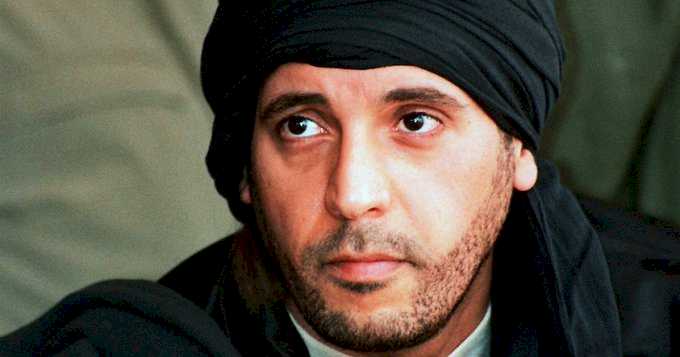
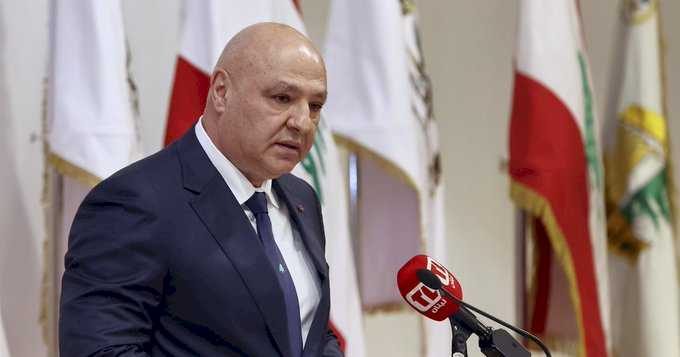

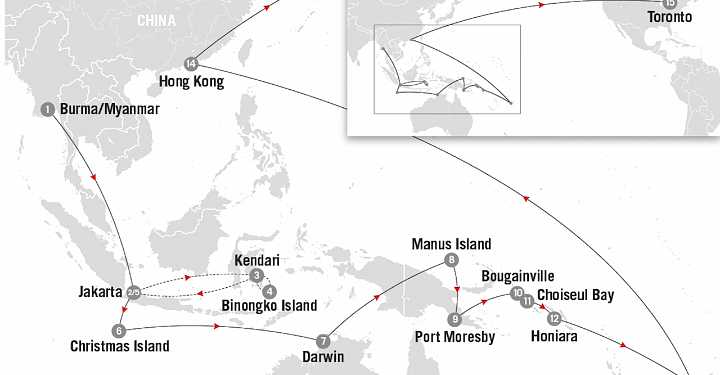


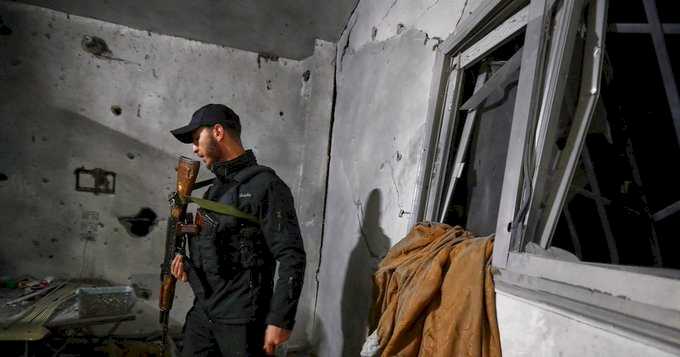
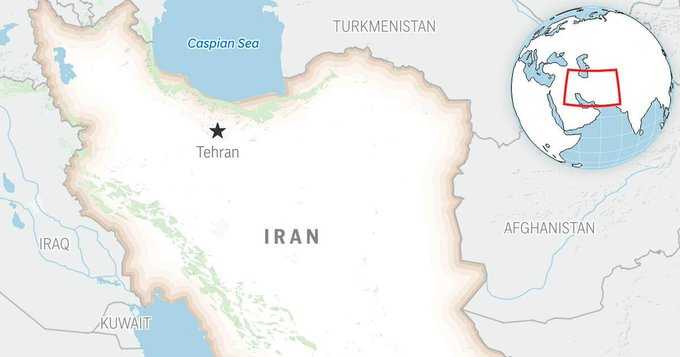
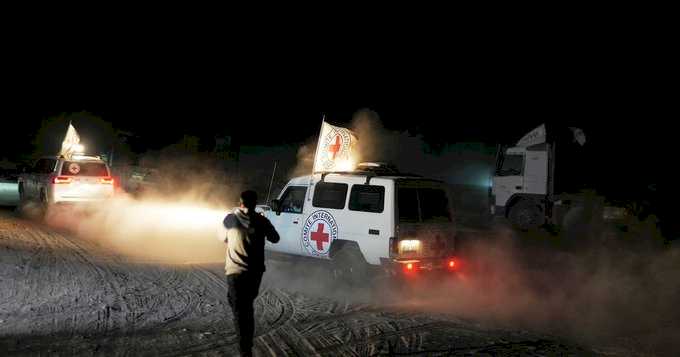
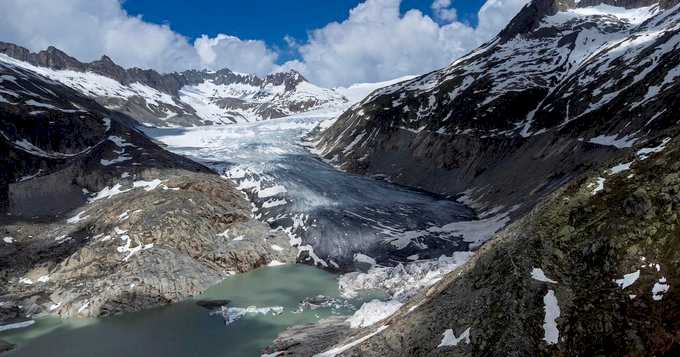
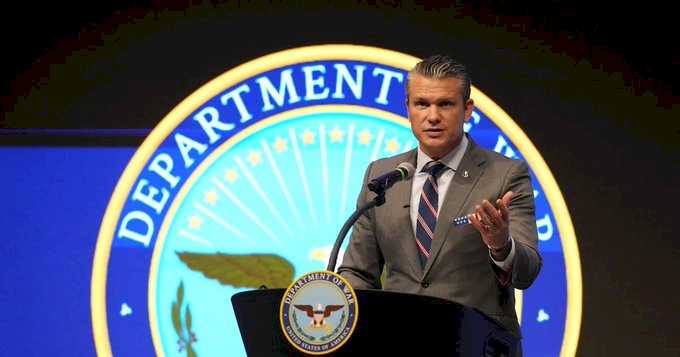
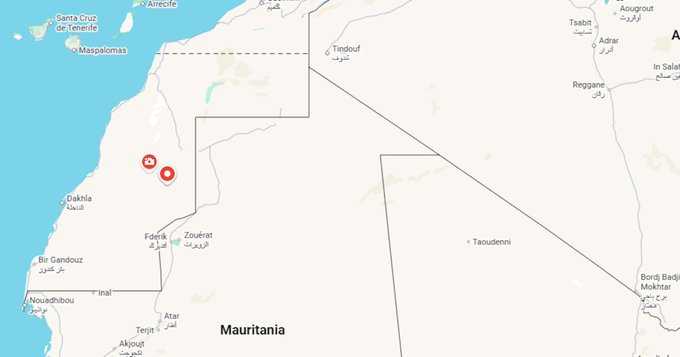
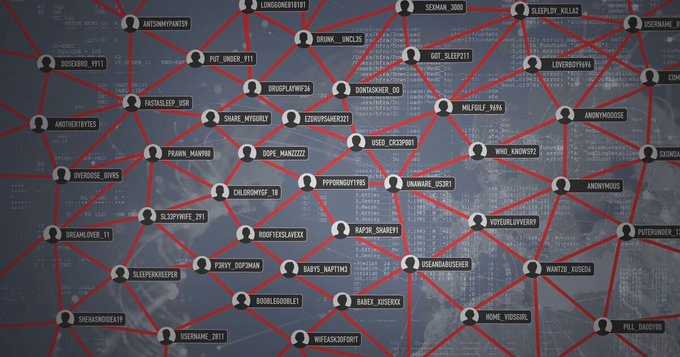
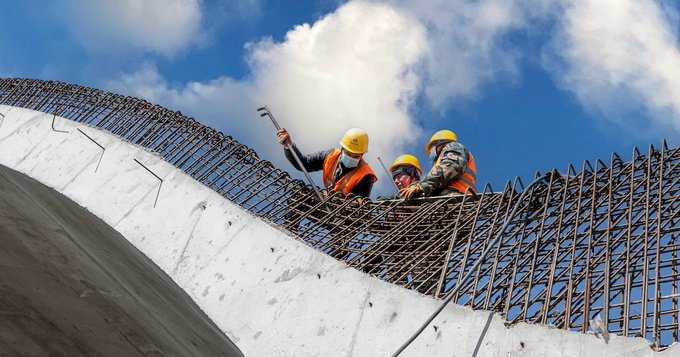




World News on Umojja.com